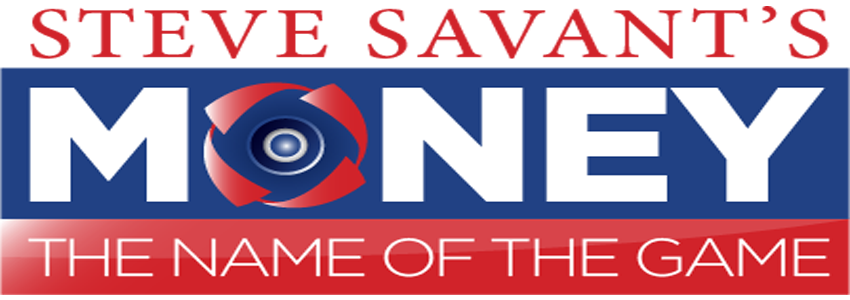 Mesa 8/29/2018 10:00:00 AM
Mesa 8/29/2018 10:00:00 AM
News / Finance
Raising Money for Charity Without Writing a Check
Many American Business Owners are Benevolent Philanthropists Who Find Creative Ways to Give

There are two financial concerns for a non-profit organization: ongoing annual income and legacy lump sum gifts. Most charities receive one or the other, but not both. But there is a way for business owners to keep their assets and generate ongoing income and a legacy lump sum for their favorite charity. The strategy has two tactics: one is the use of your net worth; the other is the collateral value of your liquid assets.
Many business owners have net worth that they’re not using, i.e. liquid assets to collateralize bank loans. The proper use of collateralized assets has an economic leverage in and of itself to secure bank loans. The bank needs those assets and particularly liquid assets to protect their loan positions to business owners. Business owners generally have liquid assets but they don’t want to sell them off, thus the bank loan. But in this scenario the bank loans are used to fund cash value life insurance, which has its own cash liquidity in the policy. The first five years may have a short fall against the principle loan, so other liquid assets are collateralized during those years to make up the deficit. When the policy cash value account exceeds the loan value, then the other collateralized assets are unnecessary.
In the future, the cash values can generate income for the charity and a death benefit at the passing of the donor, i.e. the business owner. The bank’s position on the policy is always first to satisfy the loan at death or payments from excess cash values. The real advantage for the business owner is the ability to give to their favorite charity without writing a check. The tax advantages of life insurance and its economic leverage is a powerful financial vehicle when coupled with collateralized assets. Add to that the arbitrage between the bank loan interest paid and the performance generated from the policy cash values creates a charitable giving strategy where the business owner and the non-profit organization mutually benefit.
